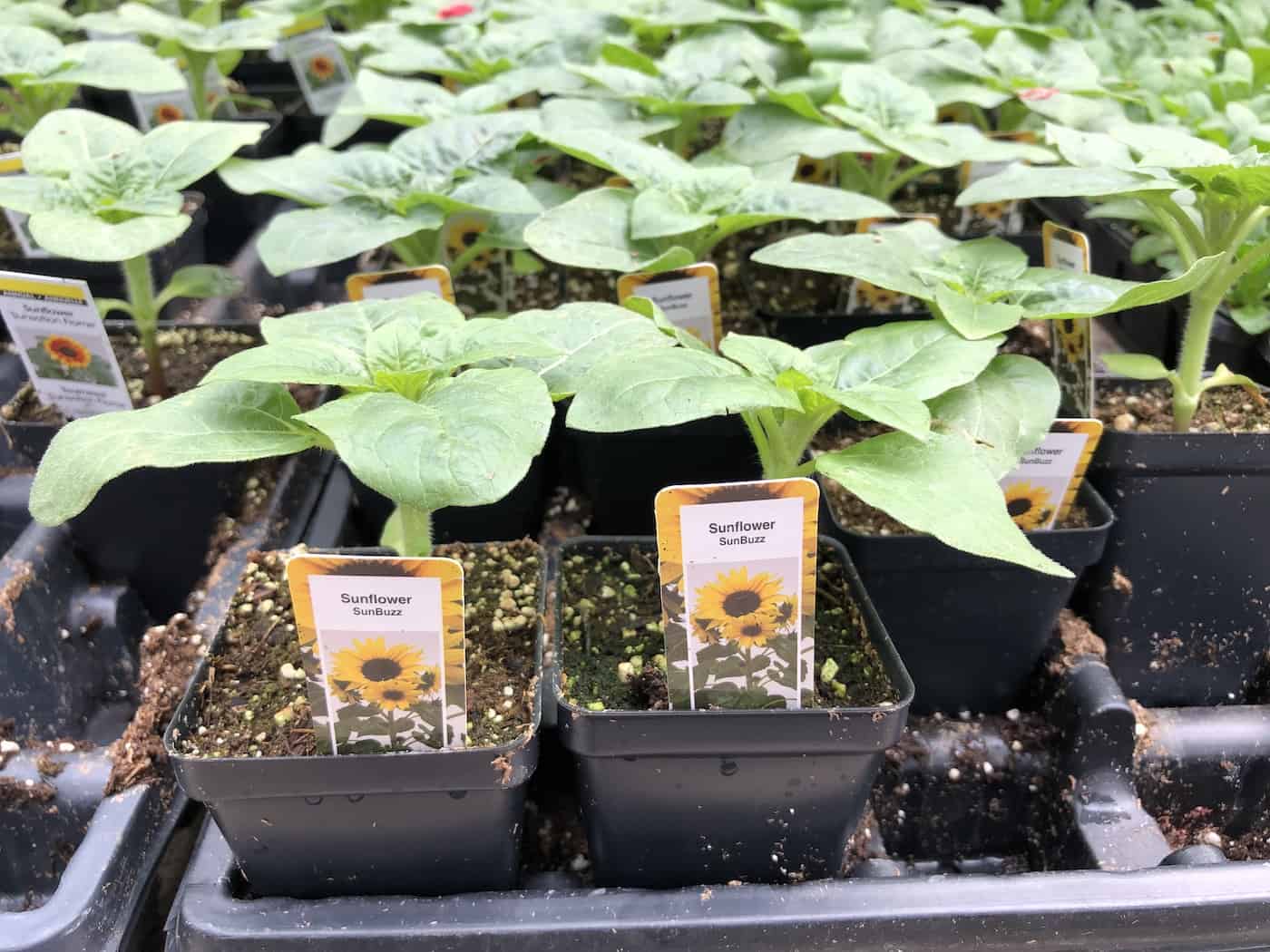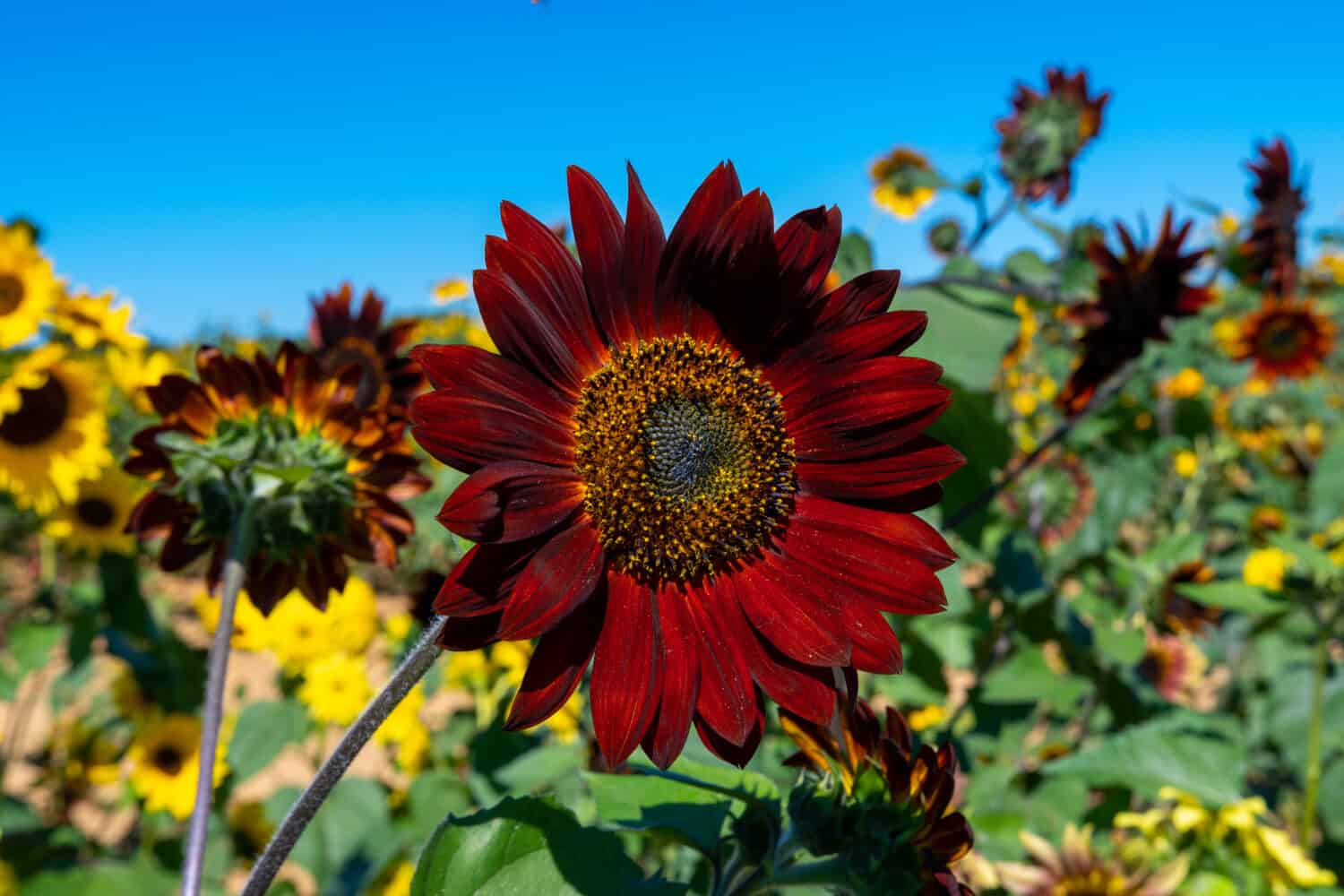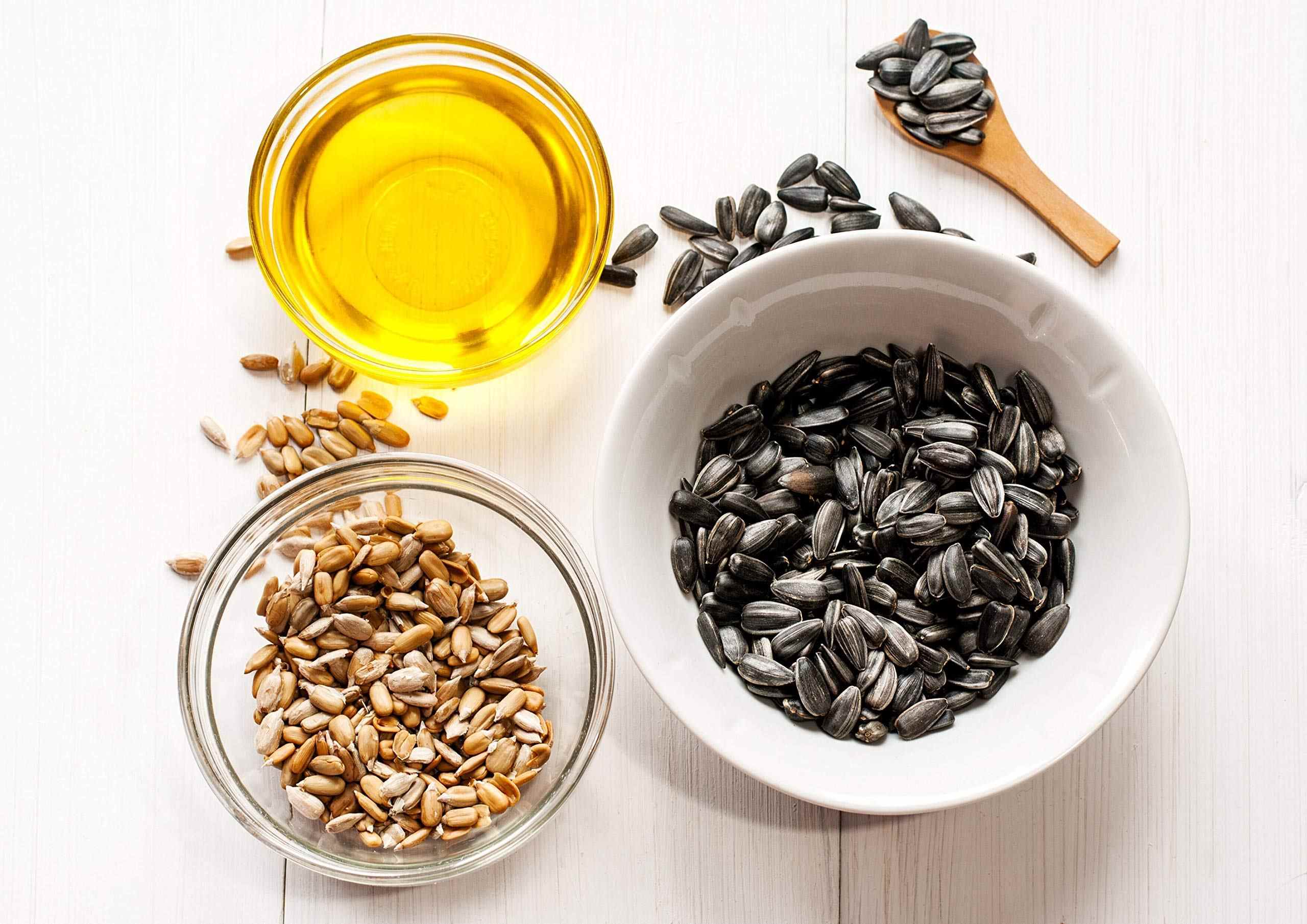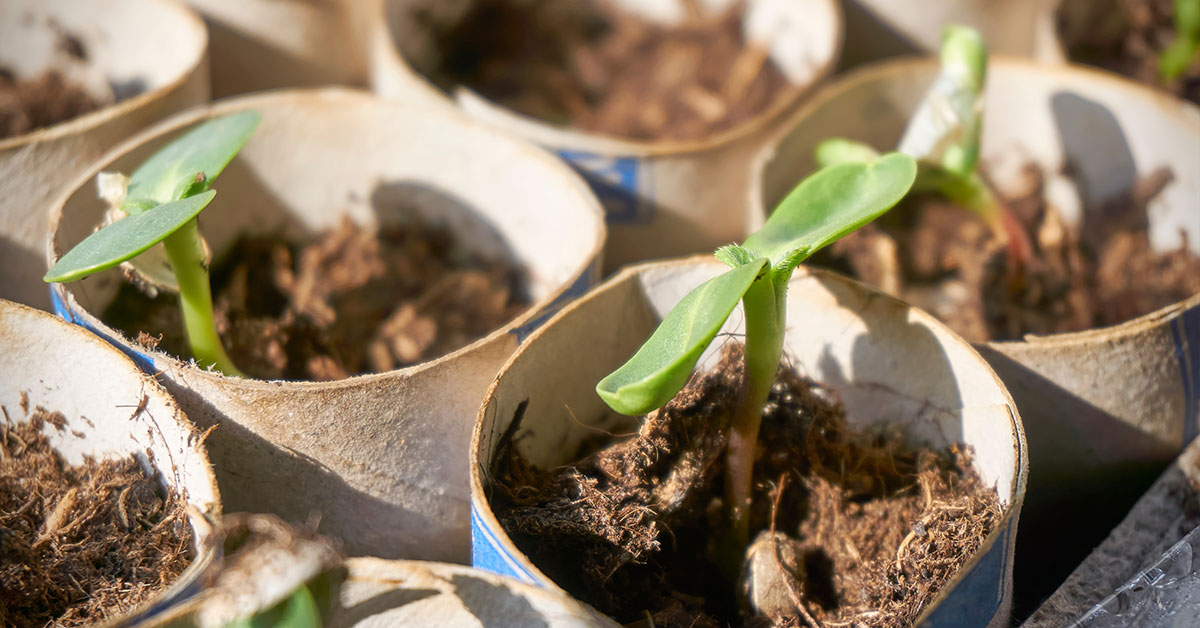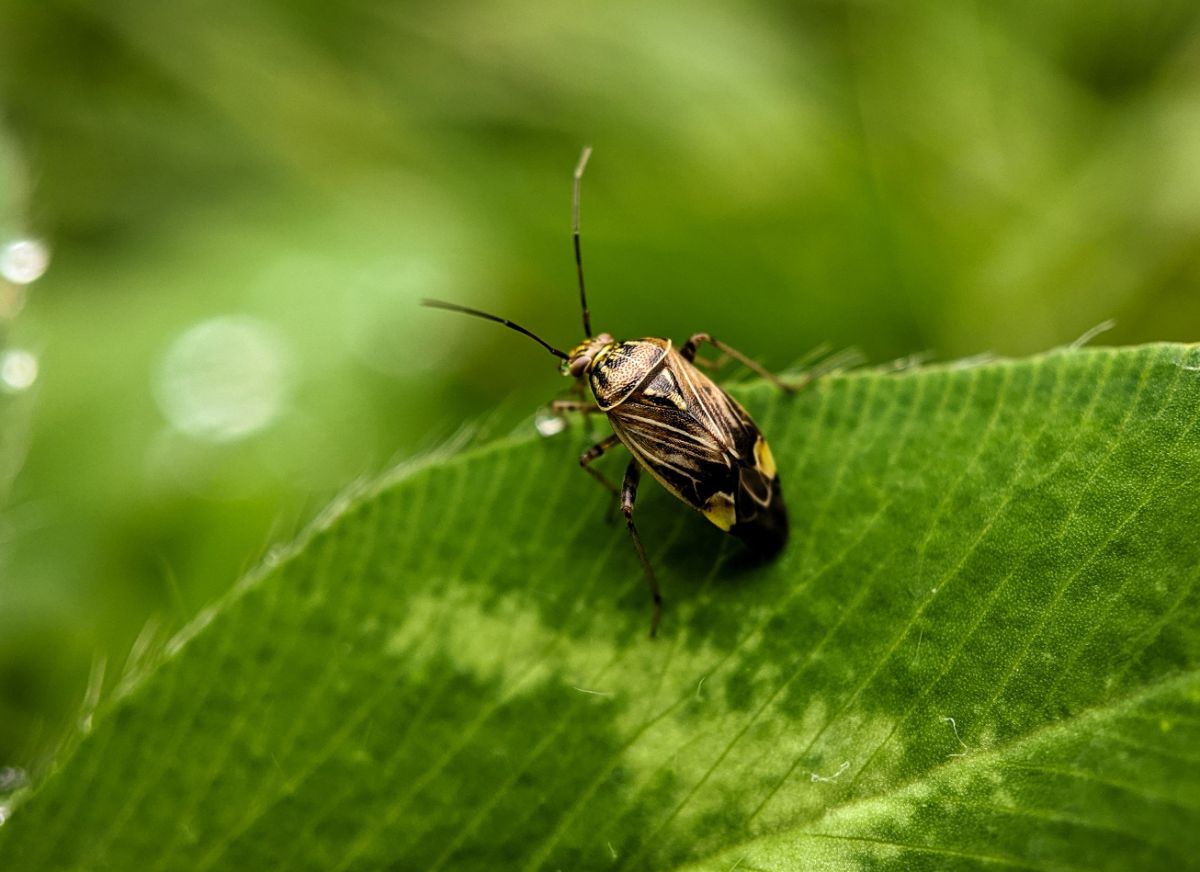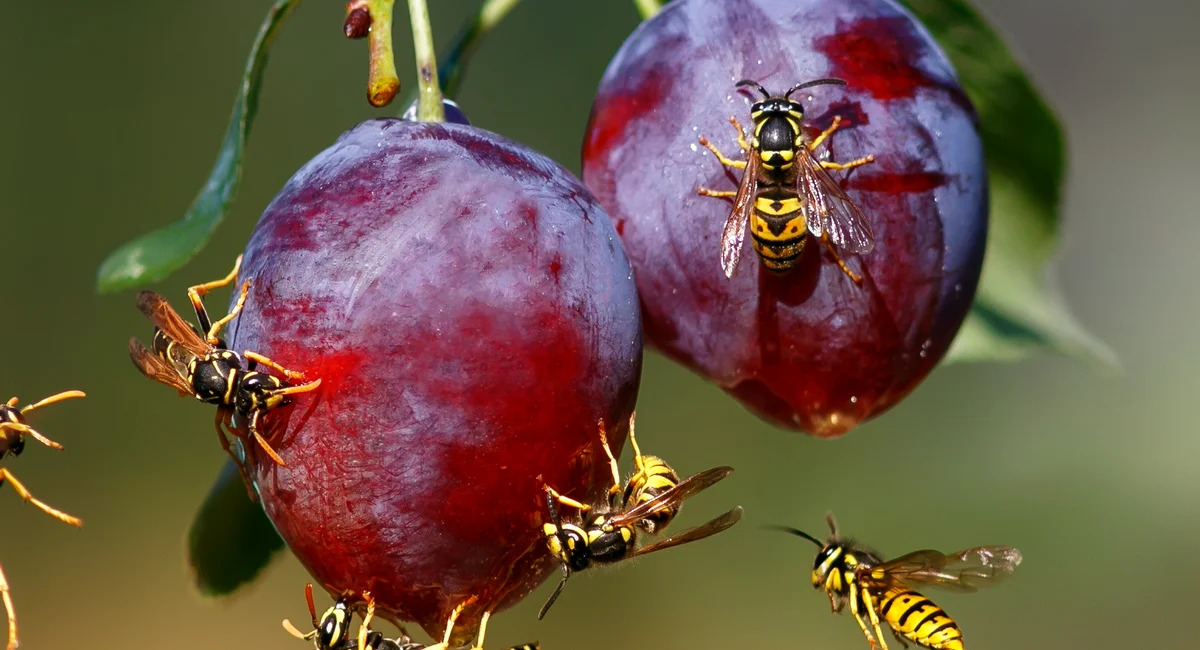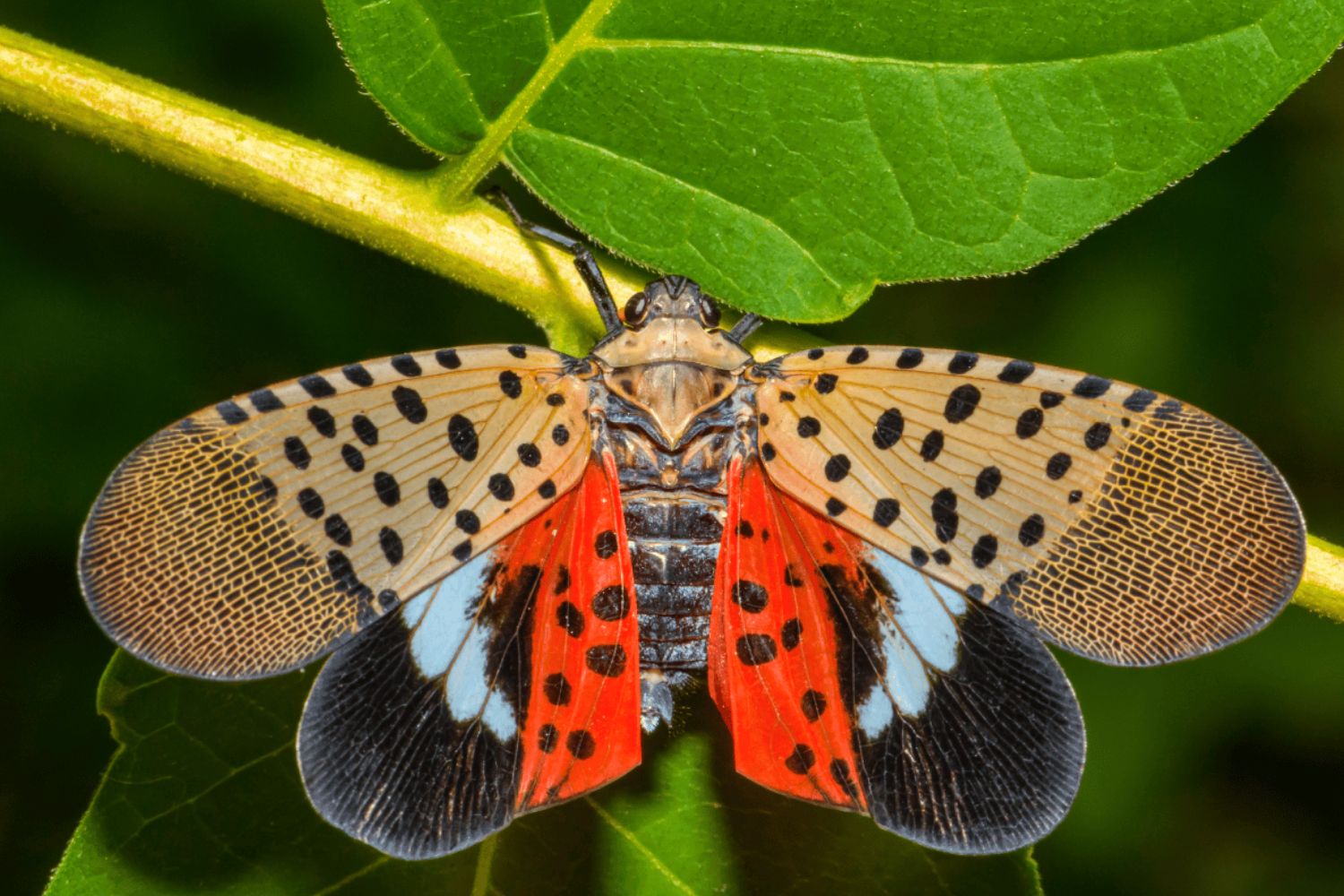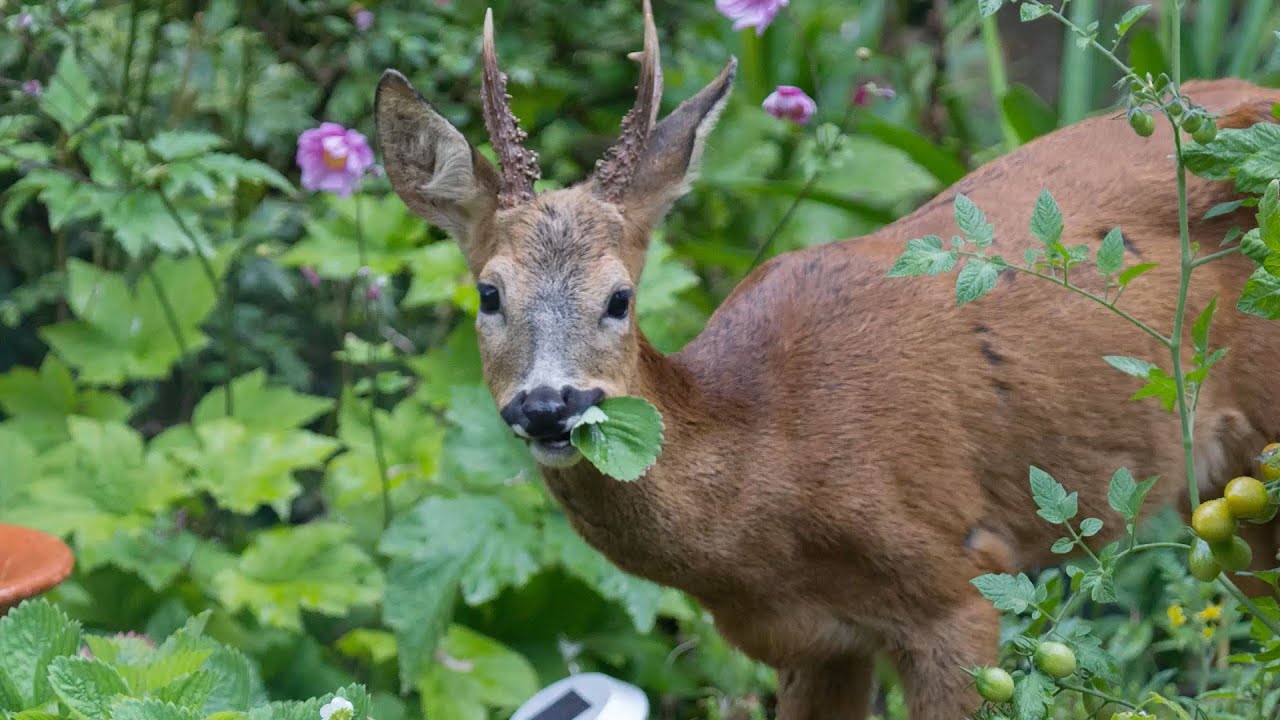Home>Types of Gardening>Edible Gardening>What Eats Sunflower Seedlings
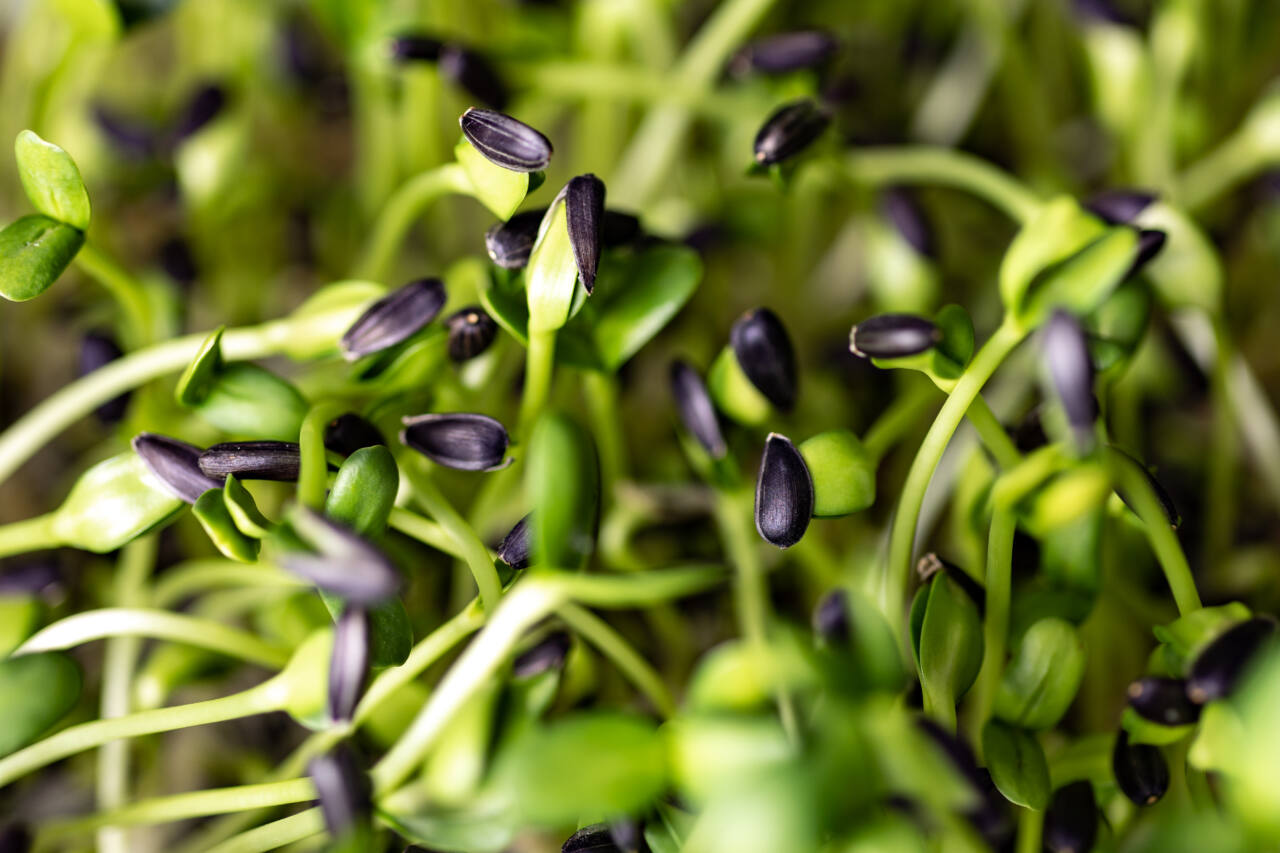

Edible Gardening
What Eats Sunflower Seedlings
Modified: January 22, 2024
Learn about what eats sunflower seedlings in your edible garden and how to protect them. Find tips and advice on edible gardening to ensure a healthy crop.
(Many of the links in this article redirect to a specific reviewed product. Your purchase of these products through affiliate links helps to generate commission for Chicagolandgardening.com, at no extra cost. Learn more)
Table of Contents
Introduction
Growing sunflower seedlings can be an exciting and rewarding experience for avid gardeners. However, it is not uncommon for these delicate seedlings to fall victim to a variety of predators. Insects, birds, and even other animals can pose a threat to the health and development of sunflower seedlings, potentially hindering their growth or even causing irreparable damage.
Understanding the potential threats that sunflower seedlings face is crucial in developing effective strategies to protect them. By taking proactive measures and implementing preventative techniques, gardeners can ensure the survival and thriving of their sunflower seedlings.
In this article, we will explore the common insects, birds, and other animals that may feast on sunflower seedlings. We will also discuss the various strategies and methods gardeners can employ to ward off these predators and safeguard their precious crops.
So, if you’re ready to learn about the potential dangers that sunflower seedlings face and how to protect them, read on!
Common Insects That Eat Sunflower Seedlings
When it comes to sunflower seedlings, there are several insects that can pose a threat to their health and vitality. These insects are often attracted to the tender leaves and stems of the young sunflower plants, making them a prime target for their feeding habits.
One of the most common insects that feed on sunflower seedlings is the aphid. These tiny, soft-bodied insects generally cluster on the undersides of leaves and suck the sap from the plant, causing yellowing, wilting, and stunted growth. Ladybugs and lacewings are natural predators of aphids and can help control their population.
Another pest that can wreak havoc on sunflower seedlings is the cutworm. These caterpillars hide beneath the soil during the day and emerge at night to feed on the stems of the young plants, causing them to droop or even break. To prevent cutworm damage, gardeners can use collar barriers around the base of the plants or apply biological controls, such as Bacillus thuringiensis, a natural bacteria that targets and kills cutworms.
Some other insects that may devour sunflower seedlings include flea beetles, which create small holes in the leaves, and slugs, which leave slimy trails and chew irregular holes in the foliage.
To tackle these predatory insects, it is important to employ integrated pest management techniques. This includes regular monitoring of your sunflower seedlings, handpicking and removing any insects you find, using organic insecticides sparingly and as a last resort, and encouraging natural predators to visit your garden by providing habitat and food sources.
By diligently watching for signs of insect damage and taking appropriate measures, you can effectively combat the common insects that eat sunflower seedlings and protect the health and vitality of your plants.
Birds That Feed on Sunflower Seedlings
While insects pose a significant threat to sunflower seedlings, they are not the only predators that gardeners need to be mindful of. Birds can also be a common nuisance, particularly when it comes to young sunflower plants.
One of the primary culprits when it comes to bird damage on sunflower seedlings is the common house sparrow. These small but voracious birds have a strong affinity for sunflower seeds and seedlings. They may peck at the leaves and stems, causing damage and inhibiting the growth of the plants.
Another bird species to watch out for is the blackbird. These birds are known for their foraging habits and can easily snatch up sunflower seedlings, especially if they are located in open, exposed areas.
To protect sunflower seedlings from bird damage, gardeners can implement a variety of strategies. One effective method is to use physical barriers, such as netting or bird scare devices, to deter birds from accessing the plants. Scarecrows or reflective objects can also be placed in the garden to startle and discourage birds from approaching.
Creating a distraction feeding station away from the sunflower seedlings can also help divert the birds’ attention. By providing an alternative source of food, such as bird feeders filled with seeds or suet, gardeners can tempt the birds away from the vulnerable seedlings.
It’s important to note that protecting sunflower seedlings from birds may require constant vigilance and adjustment of tactics. Birds are intelligent creatures, and they may become accustomed to certain deterrents over time. Therefore, it’s recommended to periodically change the location or type of deterrent to maintain their effectiveness.
By employing these strategies and remaining vigilant, gardeners can successfully prevent bird damage and ensure the healthy growth of their sunflower seedlings.
Other Animals That May Damage Sunflower Seedlings
In addition to insects and birds, other animals can also pose a threat to sunflower seedlings. These animals are attracted to the young, tender shoots and foliage, which they may see as a source of food or simply an enticing chew toy.
Rabbits are notorious for their fondness for tender plants, including sunflower seedlings. They can quickly decimate a patch of sunflowers, nibbling away at the leaves and stems and leaving behind a trail of destruction.
Groundhogs, squirrels, and deer are also common culprits when it comes to damaging sunflower seedlings. They may browse on the leaves or even dig up and consume the entire plant, leaving nothing behind but a few scattered stems.
To protect sunflower seedlings from these animal invaders, gardeners can employ several preventive measures. One effective method is to create physical barriers, such as fences or individual cages, around the seedlings. Make sure the fence is buried at least six inches underground to prevent burrowing animals from gaining access.
Repellents can also be used to deter animals from approaching sunflower seedlings. Natural deterrents such as hot pepper sprays or garlic and onion solutions can be sprayed on the leaves to make them less appealing to animals.
Another method is to introduce companion plants that animals find unpalatable, such as marigolds or garlic, around the sunflower bed. The strong scent or taste of these companion plants can act as a natural deterrent.
It’s also worth considering the overall garden design and layout. Planting sunflowers closer to the house or in areas that are easily monitored can make it less enticing for animals to venture too close.
By combining multiple preventive methods and tailoring them to the specific animal threat in your area, you can ensure the protection and survival of your sunflower seedlings.
Strategies to Protect Sunflower Seedlings from Predators
Protecting sunflower seedlings from predators requires a multi-faceted approach that combines preventive measures, vigilant monitoring, and adaptive strategies. By implementing these strategies, gardeners can significantly minimize the damage caused by predators and increase the chances of healthy and thriving sunflower plants.
1. Physical Barriers: Erecting physical barriers is one of the most effective ways to deter predators from reaching sunflower seedlings. This can include using netting, fences, or individual plant cages to create a barrier that prevents access. Make sure the barriers are secure and tall enough to prevent animals from climbing or reaching over them.
2. Scare Tactics: Utilize scare tactics such as visual deterrents, noise-making devices, or motion-activated sprinklers to startle and intimidate predators. The sudden movement or unexpected noise will discourage them from approaching the sunflower seedlings.
3. Companion Planting: Planting companion plants that repel or confuse predators can help protect sunflower seedlings. For example, interplanting sunflowers with strong-scented herbs like lavender, rosemary, or mint can mask the scent of the seedlings, making them less attractive to predators.
4. Natural Predators: Encourage the presence of natural predators in your garden, such as ladybugs, birds, or snakes. Ladybugs prey on aphids, while birds and snakes feed on small rodents that may damage sunflower seedlings. Provide habitats like birdhouses, bird feeders, or brush piles to attract these beneficial creatures.
5. Regular Inspection: Routinely inspect your sunflower seedlings for signs of damage or pest presence. Early detection allows for timely intervention to prevent further damage or infestation. Remove any damaged or infested leaves or stems promptly to prevent the spread of pests.
6. Organic Pest Control: Utilize organic pest control methods as a last resort to address persistent predator infestations. This can include using insecticidal soaps, neem oil, or beneficial nematodes that specifically target certain pests without harming beneficial insects or plants.
Remember, no single strategy will provide foolproof protection against predators. It’s essential to employ a combination of different tactics and adapt them based on the specific challenges present in your garden. By being proactive, observant, and adaptable, you can successfully safeguard your sunflower seedlings from predators.
Conclusion
Growing and nurturing sunflower seedlings requires not only a green thumb but also the ability to safeguard them from predators. Insects, birds, and other animals can pose significant threats to the health and development of these delicate plants. However, by understanding the potential risks and implementing appropriate protective measures, gardeners can ensure the survival and prosperity of their sunflower seedlings.
By identifying common insects that eat sunflower seedlings, such as aphids and cutworms, gardeners can monitor their plants closely and employ integrated pest management techniques to control their populations. Implementing physical barriers, scare tactics, and companion planting can help deter birds from wreaking havoc on sunflower seedlings. Additionally, taking measures to protect against animals like rabbits, groundhogs, squirrels, or deer can prevent the devastation they can cause.
Adopting a multi-faceted approach that includes regular inspection, encouraging natural predators, and utilizing organic pest control methods as needed can provide optimal protection for sunflower seedlings. It’s important to remain vigilant, adaptable, and proactive in addressing potential predator threats to ensure the health and vitality of the plants.
Remember, protecting sunflower seedlings from predators is an ongoing process that requires attentiveness and proactive measures. By employing a combination of preventive strategies, gardeners can create an environment that fosters the growth and flourishing of their sunflower seedlings.
So arm yourself with knowledge, implement preventive measures, and enjoy the beautiful journey of growing sunflower seedlings in your garden!
